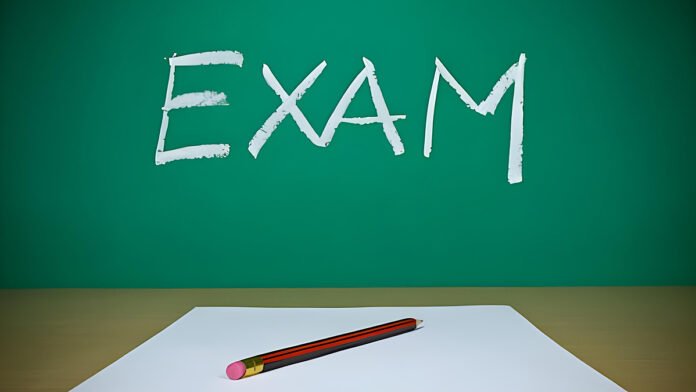The Sindh government has introduced a new grading system for matric and intermediate students, shifting from the traditional numerical marking to a grade-based evaluation, as reported by ARY News.
Set to be implemented from 2025, this new system aims to offer a more detailed assessment of student performance, focusing on a broader range of abilities rather than ranking by position.
The system, developed by the Inter-Board Coordination Committee (IBCC), will categorize students based on their scores, with grades ranging from ‘Exceptional’ for those scoring 95% or more to ‘Unsatisfactory’ for scores below 40%.
Read More: Imran Khan kept in dark cell, no calls allowed to sons: Jemima
The changes will eliminate first, second, and third rankings, instead highlighting students’ individual strengths.
Here’s a breakdown of the new grading scale:
- 95% and above: A++ (Exceptional)
- 90-94%: A+ (Outstanding)
- 85-89%: A (Excellent)
- 80-84%: B++ (Very Good)
- 75-79%: B+ (Good)
- 70-74%: B (Fairly Good)
- 60-69%: C (Above Average)
- 50-59%: D (Average)
- 40-49%: E (Below Average)
- Below 40%: U (Unsatisfactory)
The system replaces the term “Fail” with “U” for unsatisfactory performance, a significant shift in how student success is communicated. While Sindh has moved ahead with the new system, other provinces like Punjab and Khyber Pakhtunkhwa have yet to implement similar changes.





